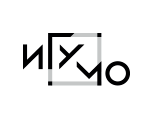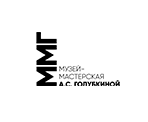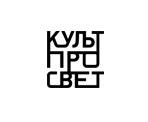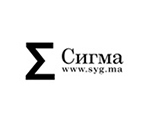|
Авторы – Шушанна Айрапетян, Ольга Мартиросян «Душа у всех изначально чистая-чистая, как стены комнаты, а потом уже на нее накладываются всевозможные “отпечатки”, или эмоции, и душа как бы меняет свой цвет», – эту мысль взяли за основу студентки факультета дизайна Шушанна Айрапетян и Ольга Мартиросян. Авторы инсталляции «Typos» (с греческого переводится как «отпечаток») предложили такую метафору: комната с белыми стенами – это душа. За плечами у каждого из нас есть свои грехи, мысли и желания, после которых наша душа «окрашивается» в разные цвета. Показать это авторы решили с помощью стикеров. Каждый желающий смог взять цветную бумажку и наклеить ее на белую стену. Стикеры были пяти цветов: красные, желтые, синие, белые, золотистые. Каждый из них обозначает что-то свое. Белый цвет может как слиться со стеной, так и перекрыть чужую эмоцию. Проект считается социально-психологическим, ведь в конце выставки авторы смогли подвести итог, подсчитав количество стикеров тех или иных цветов, и понять, с каким настроением люди участвовали в перформансе. Authors: Shushanna Airapetyan, Olga Martirosyan
“Initially, every person’s soul is purely white, as room’s walls. Only then it gains all kinds of prints or emotions, thus changing its colour.” That thought lay in the basis of the project by Shushanna Airapetyan and Olga Martirosyan, students of IGUMO Faculty of Design. The authors of the installation called ‘Typos’ (which means print in Greek) suggested the following metaphor: a room with white walls is a soul. Under every person’s belt are some sins, thoughts, and desires that paint our soul in different colours. Authors decided to use stickers for showing that. Every visitor had a chance to take a coloured paper and stick it to a white wall. There were stickers of five colours: red, yellow, blue, white, and golden. Every one of them meant something. White colour could either fade into the wall or cut other person’s emotion off. The project is considered socio-psychological. After the exhibition ended, authors could draw a conclusion by counting the number of stickers of different colours. Thus, they could see the mood of people who had taken part in the performance. |
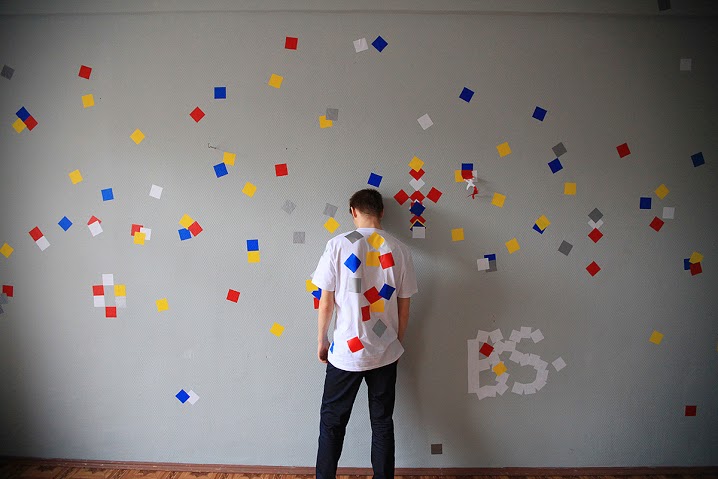 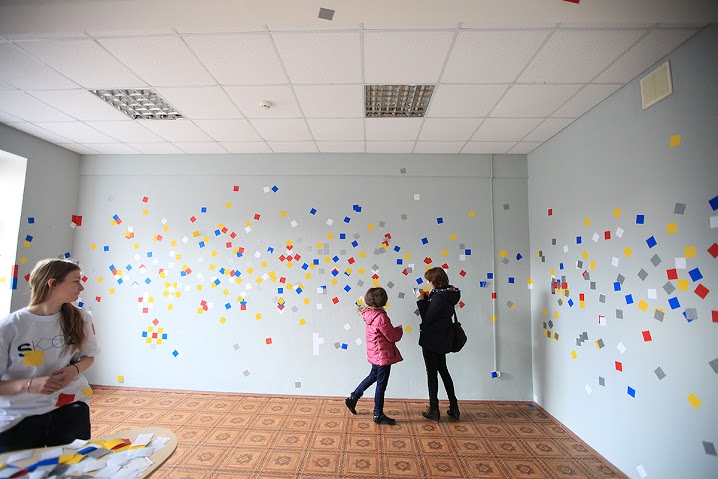 |

